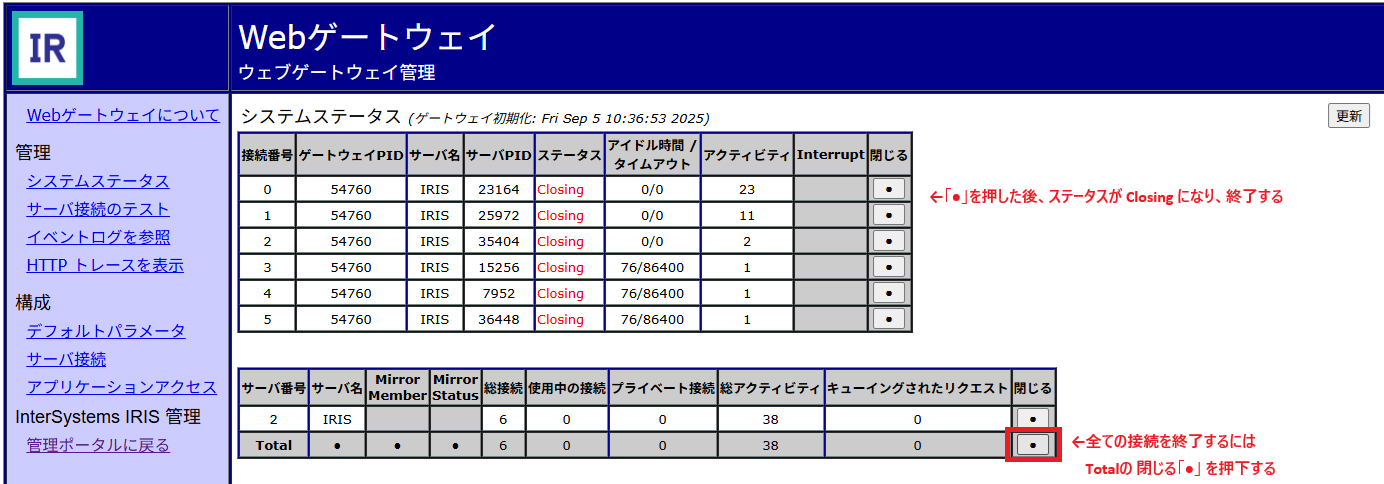Hi Community,
It's time to announce the winners of the InterSystems Developer Tools Contest!
Thanks to all our amazing participants who submitted 17 applications 🔥🔥
%20(2)(1).jpg)
Now it's time to announce the winners!
Experts Nomination
🥇 1st place and $5,000 go to the InterSystems Testing Manager for VS Code app by @John Murray
🥈 2nd place and $2,500 go to the typeorm-iris app by @Dmitry Maslennikov
🥉 3rd place and $1,000 go to the IPM Explorer for VSCode app by @John McBride
🏅 4th place and $500 go to the dc-artisan app by @José Pereira, @Henry Pereira, @Henrique Dias
🏅 5th place and $300 go to the iris4word app by @Yuri Marx
🌟 $100 go to the Interoperability REST API Template app by @Andrew Sklyarov
🌟 $100 go to the toolqa app by @André Dienes Friedrich, @Andre Larsen Barbosa
🌟 $100 go to the iris-message-search app by @sara aplin
🌟 $100 go to the wsgi-to-zpm app by @Eric Fortenberry
🌟 $100 go to the templated_email app by @Nikolay Solovyev, @Sam Sennin
Community Nomination
🥇 1st place and $1,000 go to the InterSystems Testing Manager for VS Code app by @John Murray
🥈 2nd place and $600 go to the iris-message-search app by @sara aplin
🥉 3rd and 4th place and $250 each go to the dc-artisan app by @José Pereira, @Henry Pereira, @Henrique Dias and addsearchtable app by @XINING MA
🏅 5th place and $100 go to the toolqa app by @André Dienes Friedrich, @Andre Larsen Barbosa
Our sincerest congratulations to all the winners!
Join the fun next time ;)

.png)
.png)
